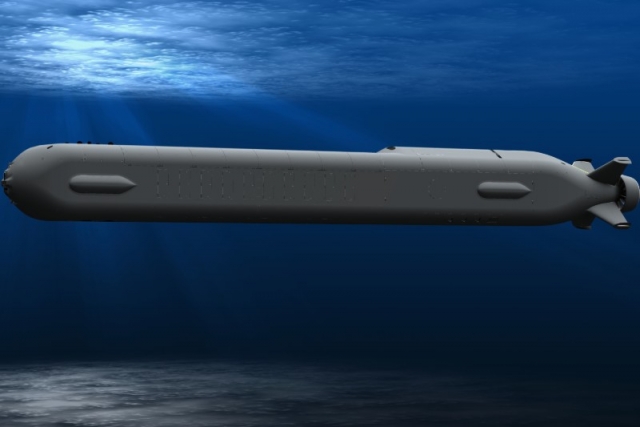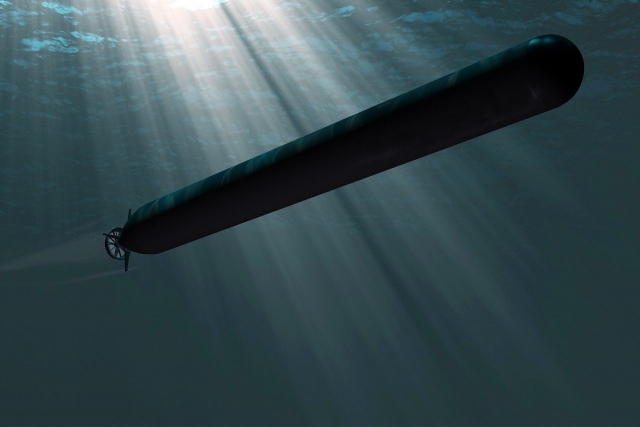U.S. Navy Receives First Orca Extra Large Uncrewed Undersea Vehicle
Orca XLUUV can operate independently of a host vehicle

Boeing has delivered the first Orca Extra Large Uncrewed Undersea Vehicle (XLUUV) to the U.S Navy after completing acceptance testing this month.
The XLUUV, known as "Orca," is an autonomous submarine designed for long-duration critical missions to achieve undersea maritime dominance in changing and contested waters. With Navy collaboration, Orca has undergone various at-sea testing phases, demonstrating its unique capabilities through both above and below surface maneuvers.
Boeing initiated the design and development of Echo Voyager in 2012, a proof-of-concept XLUUV that began at-sea testing in 2017. Echo Voyager, the world's only vehicle of its size and capability, has autonomously operated for over 10,000 hours at sea, covering hundreds of nautical miles. It served as a precursor to the U.S. Navy's Orca XLUUV competition.
Based on Boeing's 51-foot Echo Voyager, the Orca is specifically designed for mine countermeasures, anti-submarine warfare, anti-surface warfare, and electronic warfare (EW) missions. It boasts a top speed of eight knots (14.8 kmph) and a maximum range of 6,500 nautical miles (12,038 km). The Orca is conceived as an open architecture, reconfigurable unmanned underwater vehicle, featuring tools for sailors to maintain guidance and control, navigation, autonomy, situational awareness, core communications, power distribution, energy and power, propulsion and maneuvering, and mission sensors.












